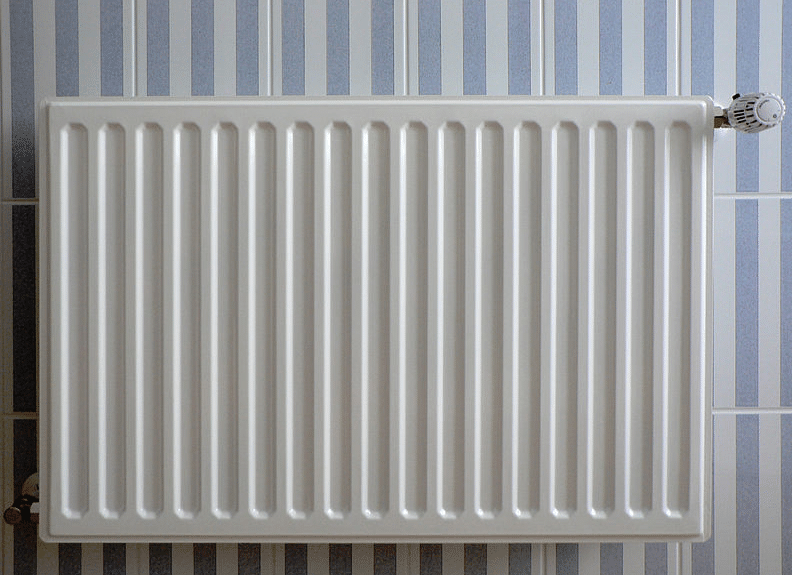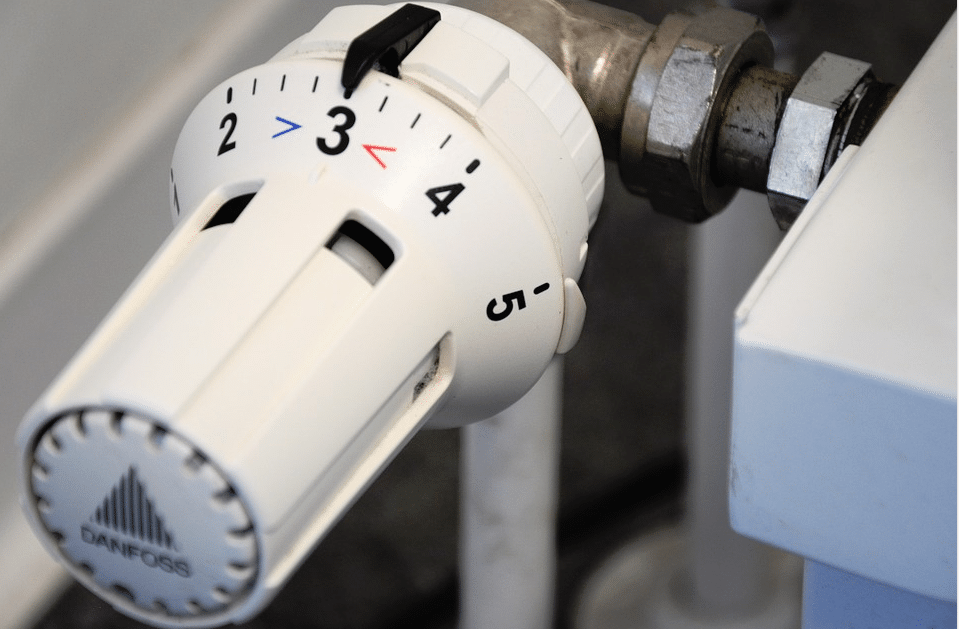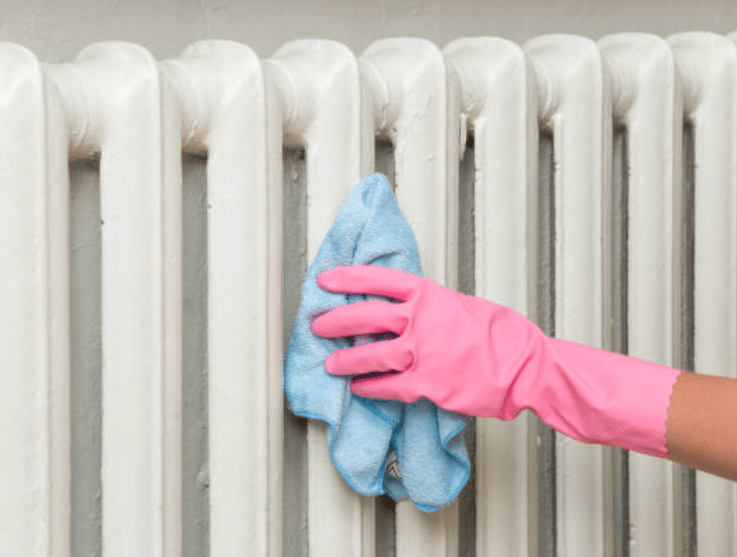This equipment is heavily used when temperatures drop. However, some of us tend to forget to clean the radiators and bleed them. However, this has a direct impact on their efficiency and energy consumption. In addition, the heat is conducive to the development of bacteria and other mites in the device and dust creeps in very quickly. In short, it’s not good at all for keeping your home healthy and calming your possible allergies. However, with all the different types of devices, we don’t really know how to go about it. Indeed, we suspect that cleaning electric, panel or slat radiators has nothing to do with it! Here are all the techniques for perfect maintenance of your installations.
Some safety measures before proceeding
Never clean an electric heater without first unplugging it. This way, you will avoid any risk of electrocution! Furthermore, be careful to turn off your boiler for greater security. Finally, always give your radiator a few minutes to cool down before cleaning. This will protect you from burns if your central heating system heats up to high temperatures.
How to clean radiators?

Here, the method of treatment will mainly depend on one factor: allergies! If you don’t have one, a simple vacuum cleaner will often do the job perfectly. To do this, there is nothing like an accessory such as the angled brush or with a narrower mouthpiece for more precise and detailed suction. However, if you suffer from allergies, this solution could cause dust to fly around the room. In this case, avoid propagation by using a damp cloth who will hang them. As a result, it will take longer, but you will avoid irritation and sneezing! Then finish with a dry cloth to dry and finish the cleaning job.
Panel radiators are the most complicated, because the dirt inside is out of reach our good old microfiber cloth or the classic feather duster. So, you will need remove the grilles by unscrewing the screws who maintain them. You will find these on the sides or hidden at the back. Then, all you have to do is clean the radiators very simply by blowing air downwards with your hairdryer.
Indeed, the hair dryer is perfect for dislodging dust effortlessly in inaccessible or difficult corners. Finally, an old, slightly damp toothbrush will help to clean up the thermostatic faucet or small nooks and crannies.

How to clean radiators to make them whiter?
Several products can help you with this. In particular, you have the white vinegar or hydrogen peroxide at 60° (minimum) which you can both leave to act for around twenty minutes before rinsing. A dose of washing soda (or soda crystals) diluted with water or a clay stone (why not prepared at home) can also do a convincing job on the deposits.
However, cleaning the radiators will not always be the solution… In fact, by heating too hotly or for a long time, it can cause paint to yellowbecause it softens and sticks to dirt. As a result, they congregate there with the result that we know! Rust can also play tricks on us. If you scrub and nothing happens, it might be time to repaint after rubbing with sandpaper. Prefer here heat resistant paints. A pure acrylic satin or matte paint will work wonders.
As a bonus: Rediscover our little tip to improve the efficiency of your radiator for free


